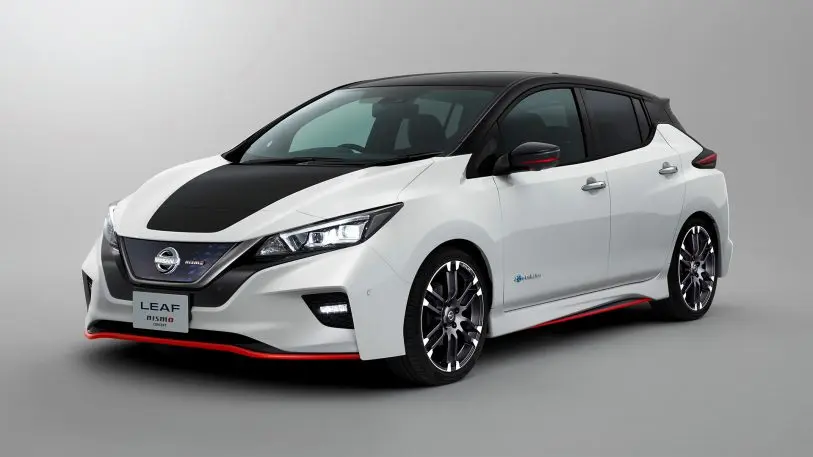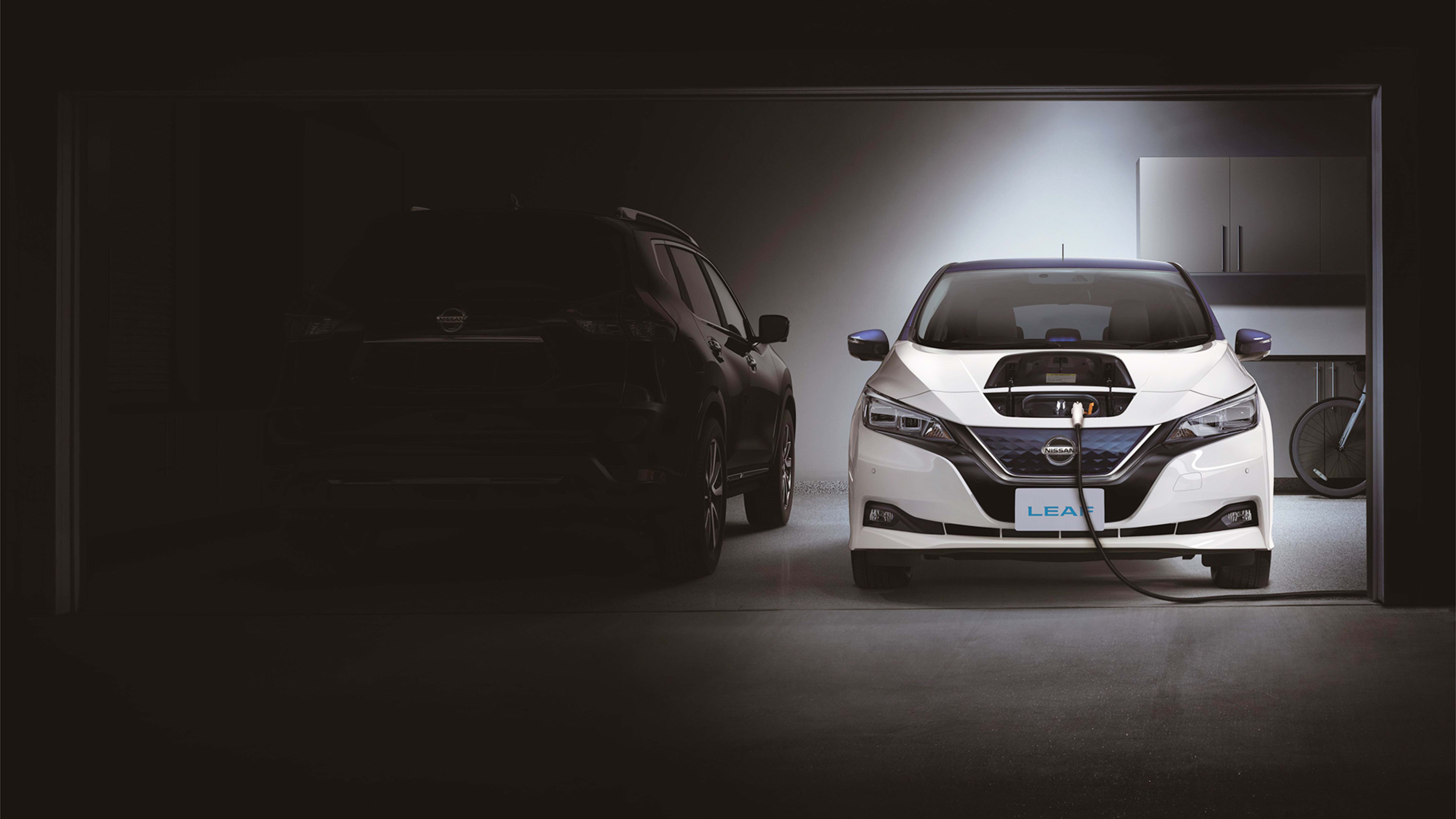If you buy a Nissan Leaf in the U.K. in 2018, you probably won’t ever have to pay to charge your new electric car.
Anyone who has a garage will be able to sign up for a new program through the energy company Ovo, which will install a special charger, and then manage charging. At “off-peak” hours, when fewer people are using electricity and the cost is low, the charger will fill up car batteries. When rates go up, the battery will switch to charging someone’s home or selling energy back to the grid.
“It provides an economic benefit for electric vehicle owners,” says Stephen Fitzpatrick, CEO of Ovo. “So they get more use of out of the vehicle that they’ve got parked in the driveway.”
In off-peak hours, electricity costs about 5 cents a kilowatt-hour ($0.07). At peak hours, it can be sold back to the grid for as much as 25 cents. “In other words, the value of the electricity that’s stored in the battery goes up by a factor of five,” says Fitzpatrick. It’s enough to easily offset what someone might have otherwise paid to keep the car charged.

The “vehicle-to-grid” technology in the car requires some tweaking of the battery design, Fitzpatrick says. But it’s not particularly complicated or expensive, and could soon be widely adopted (using the battery automatically in this way, rather than leaving it plugged in, is also better for battery life). “I think other electric car manufacturers are looking at this,” he says. “If it lowers the cost of vehicle ownership, if it lowers the cost of driving the vehicle per mile, I think there will be a lot of consumer demand for it, and that will translate into agreement on technical standards with other car manufacturers.”
The technology could help solve the challenge of providing enough electricity for a growing number of electric cars. By 2020 or 2021, there will likely be around 1 million electric cars on the road in the country; if they all plugged in at a peak time–for example, 5 p.m.–Fitzpatrick says that they could require as much as seven gigawatts of power, or roughly as much 10 power stations would produce. But if all of those cars were plugged in and discharging at a peak time instead, 10 fewer power stations would be needed.
“The swing between unintelligent, uncoordinated, dumb charging and intelligent vehicle-to-grid is potentially 20 power stations in the U.K. alone,” Fitzpatrick says. “This idea that electric vehicles are a big threat to the grid stability that’s going to require masses of investment…that’s only true if you assume that we never apply any intelligence to how we charge electric vehicles, or even use the storage capacity that’s there.”
Using car batteries to help the grid also helps enable the growth of renewable power, since wind and solar energy are only available when the wind is blowing or the sun is shining. “The flexible use of car batteries is a perfect complement for renewable generation,” he says. “You can imagine as we see more electric vehicles on the road, we can have more and more renewable generation without compromising the grid stability…renewable energy and electric vehicles are the perfect complement, just like oil and the internal combustion engine.”
Recognize your brand’s excellence by applying to this year’s Brands That Matter Awards before the early-rate deadline, May 3.
